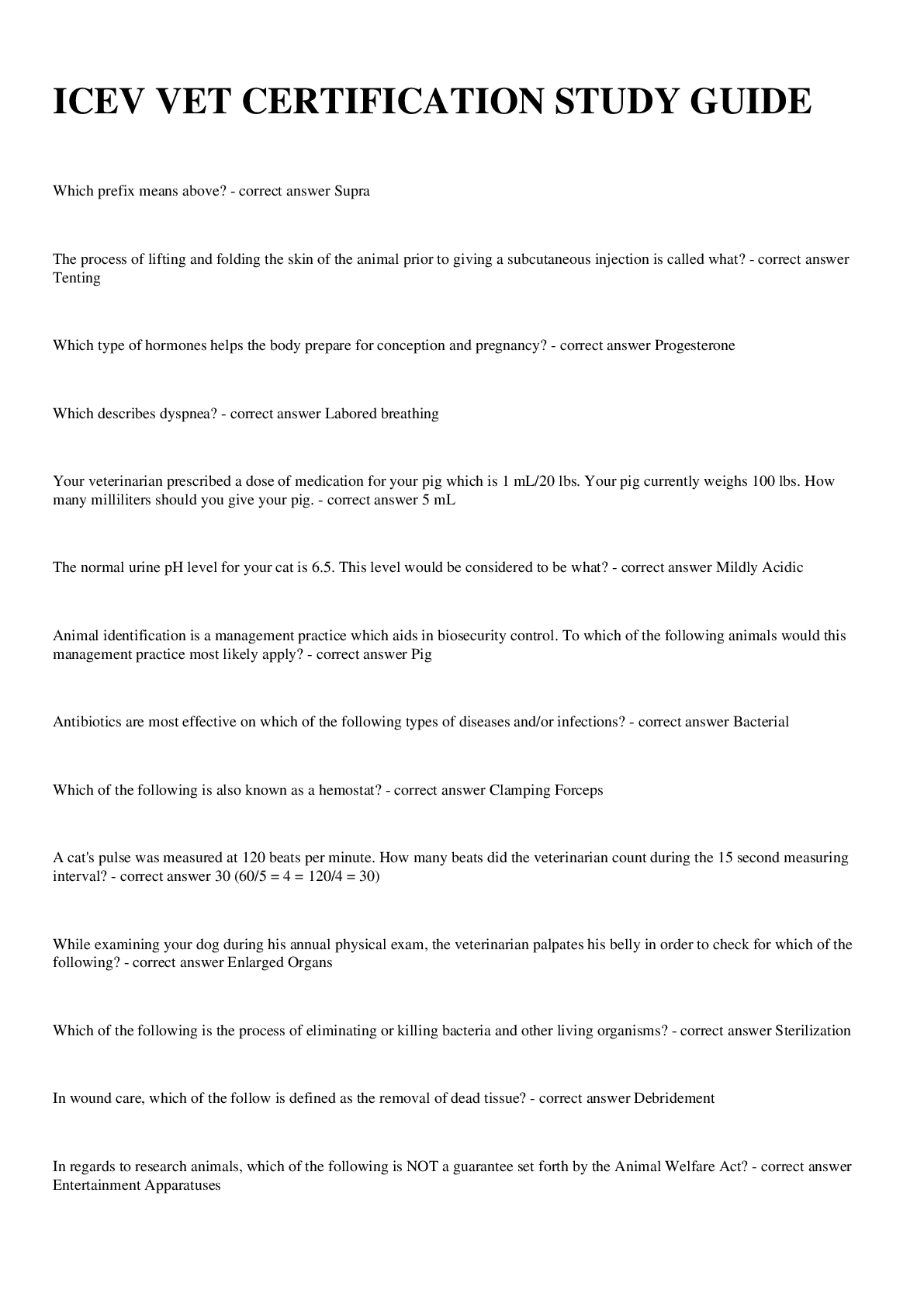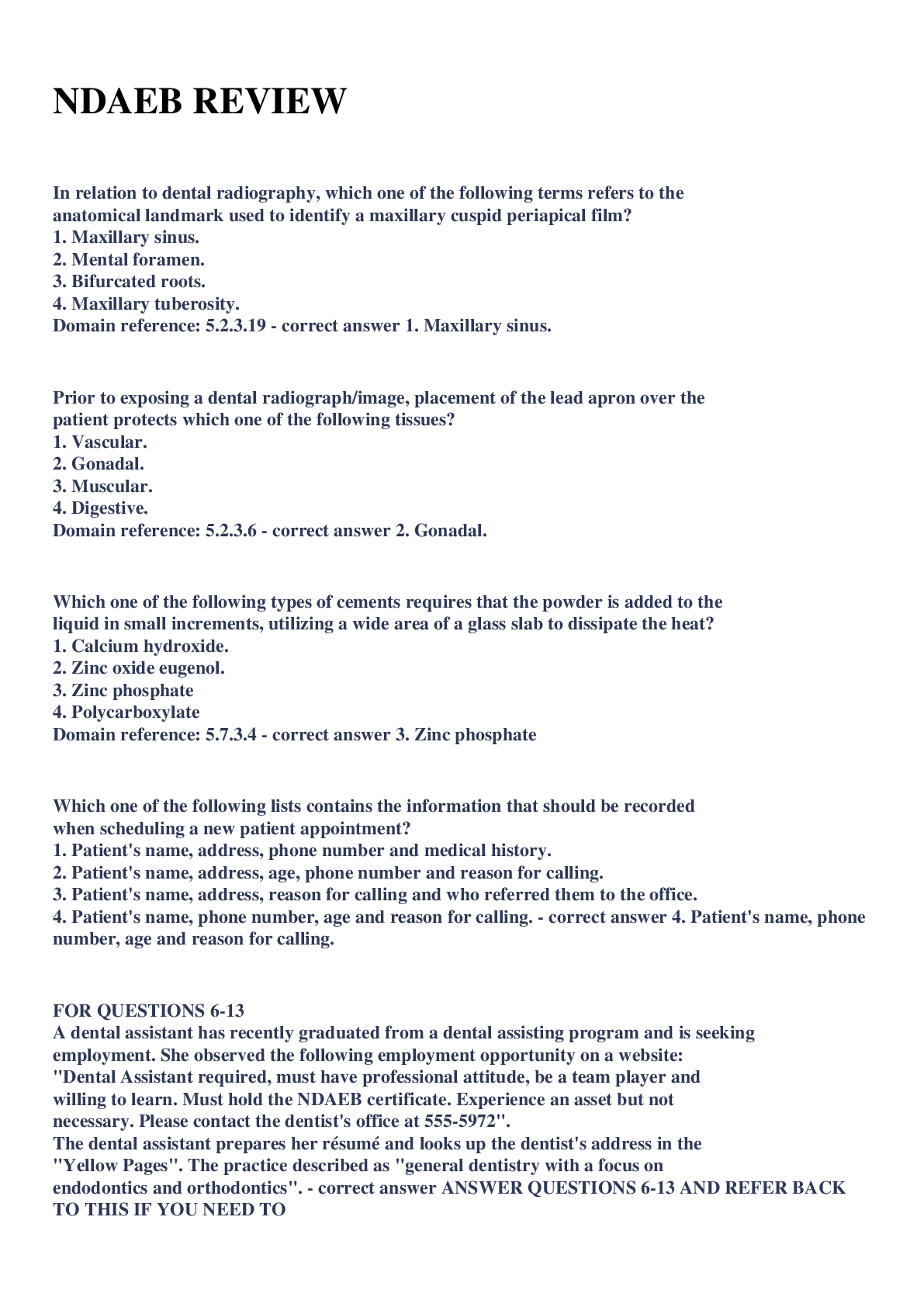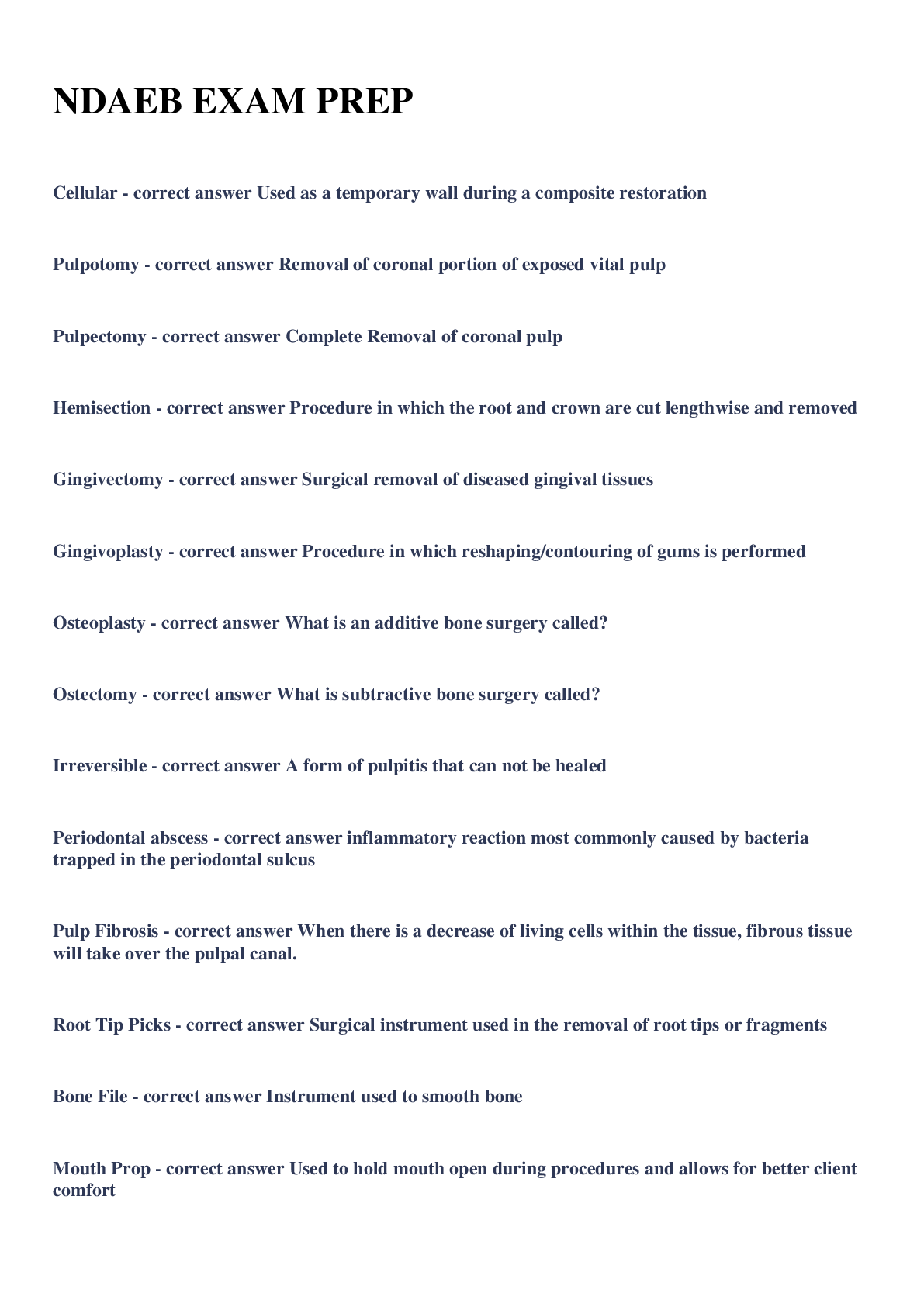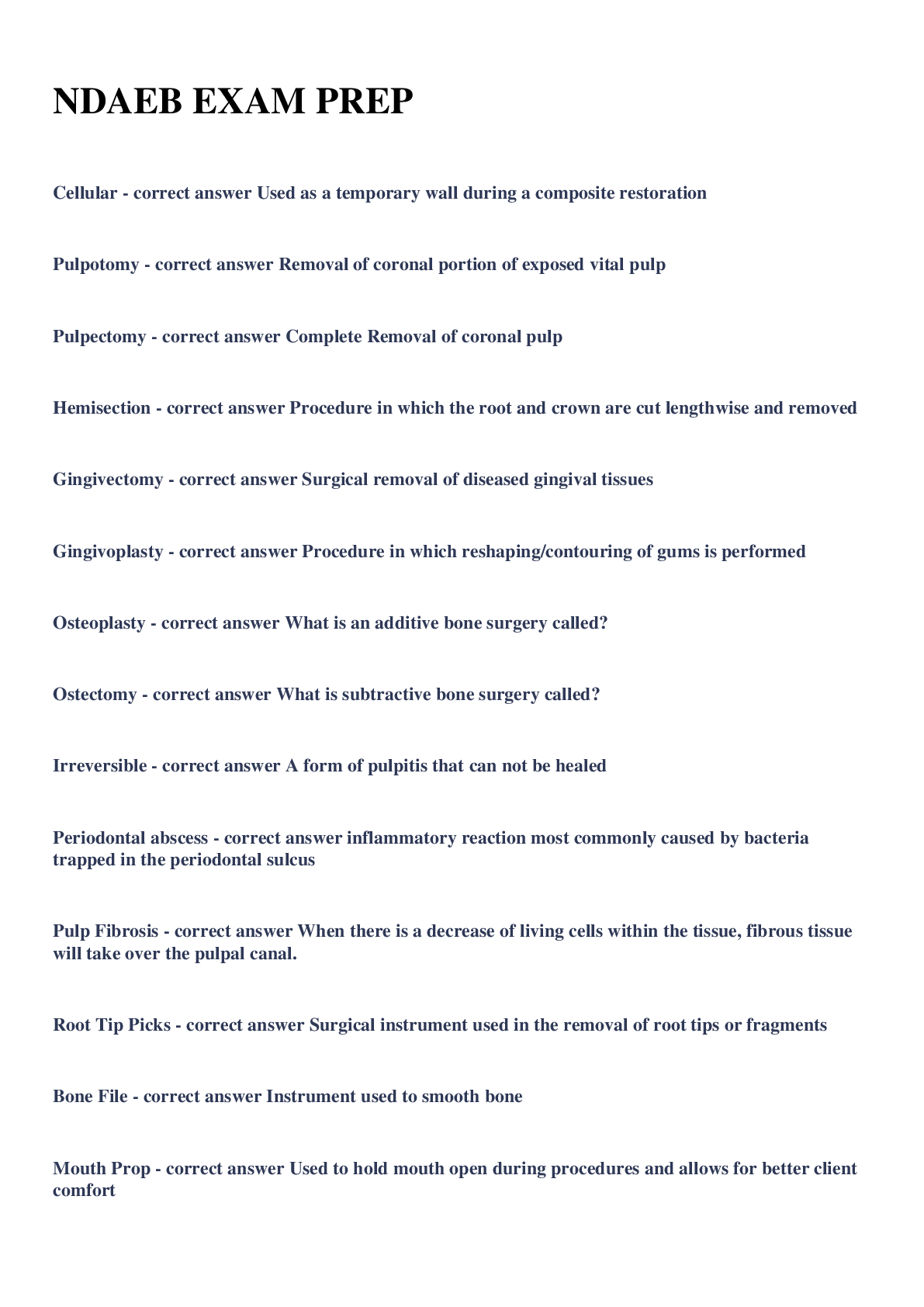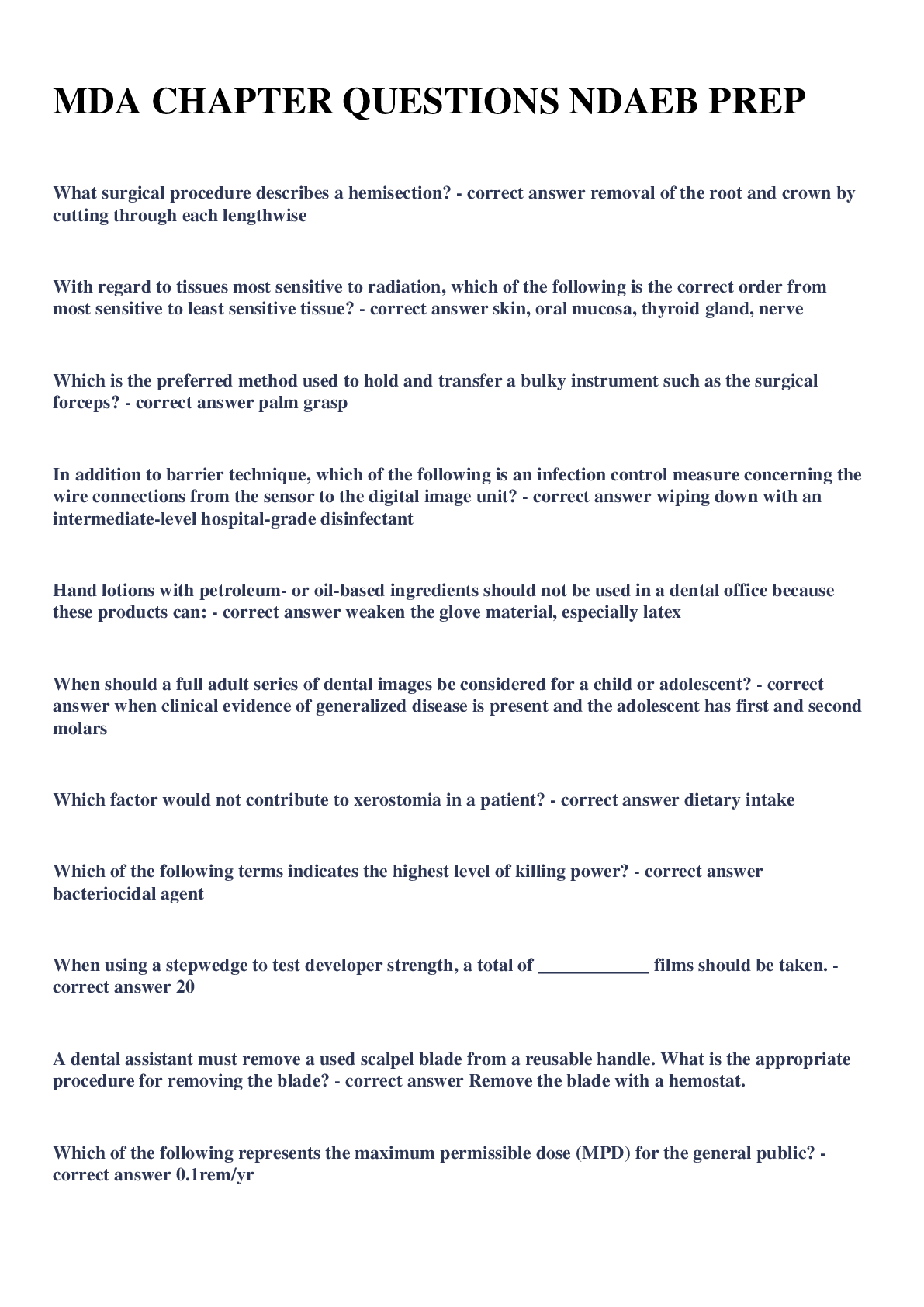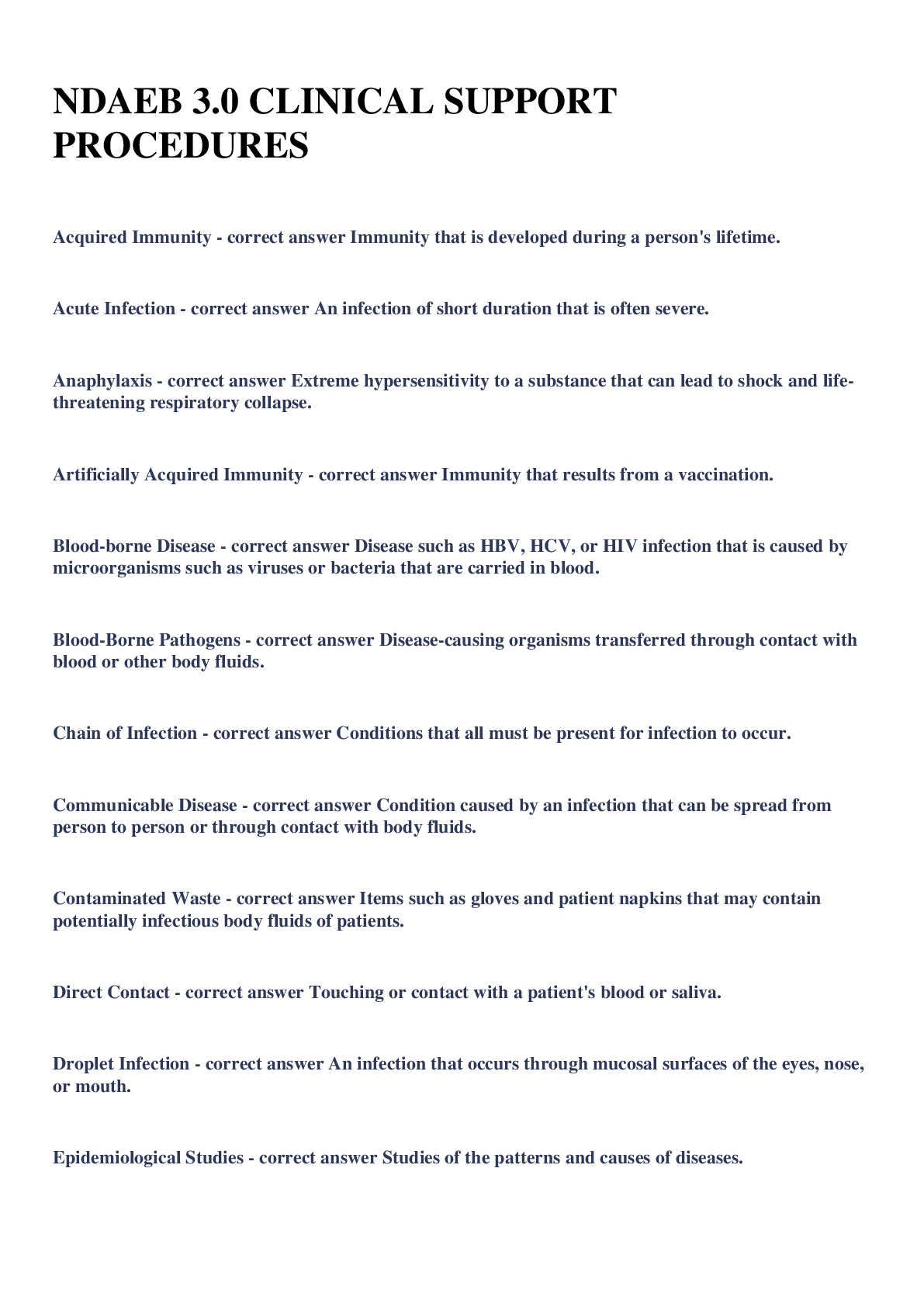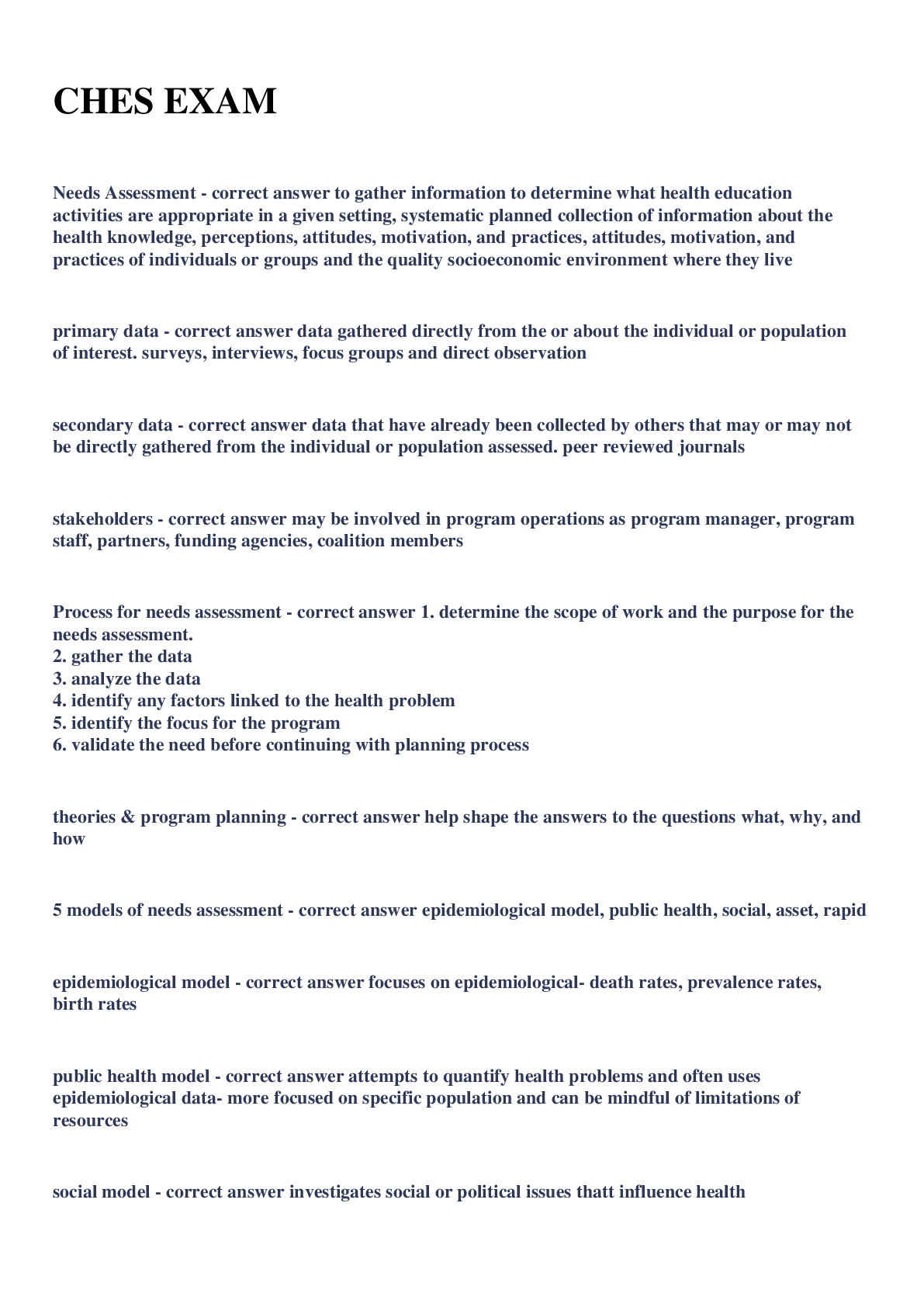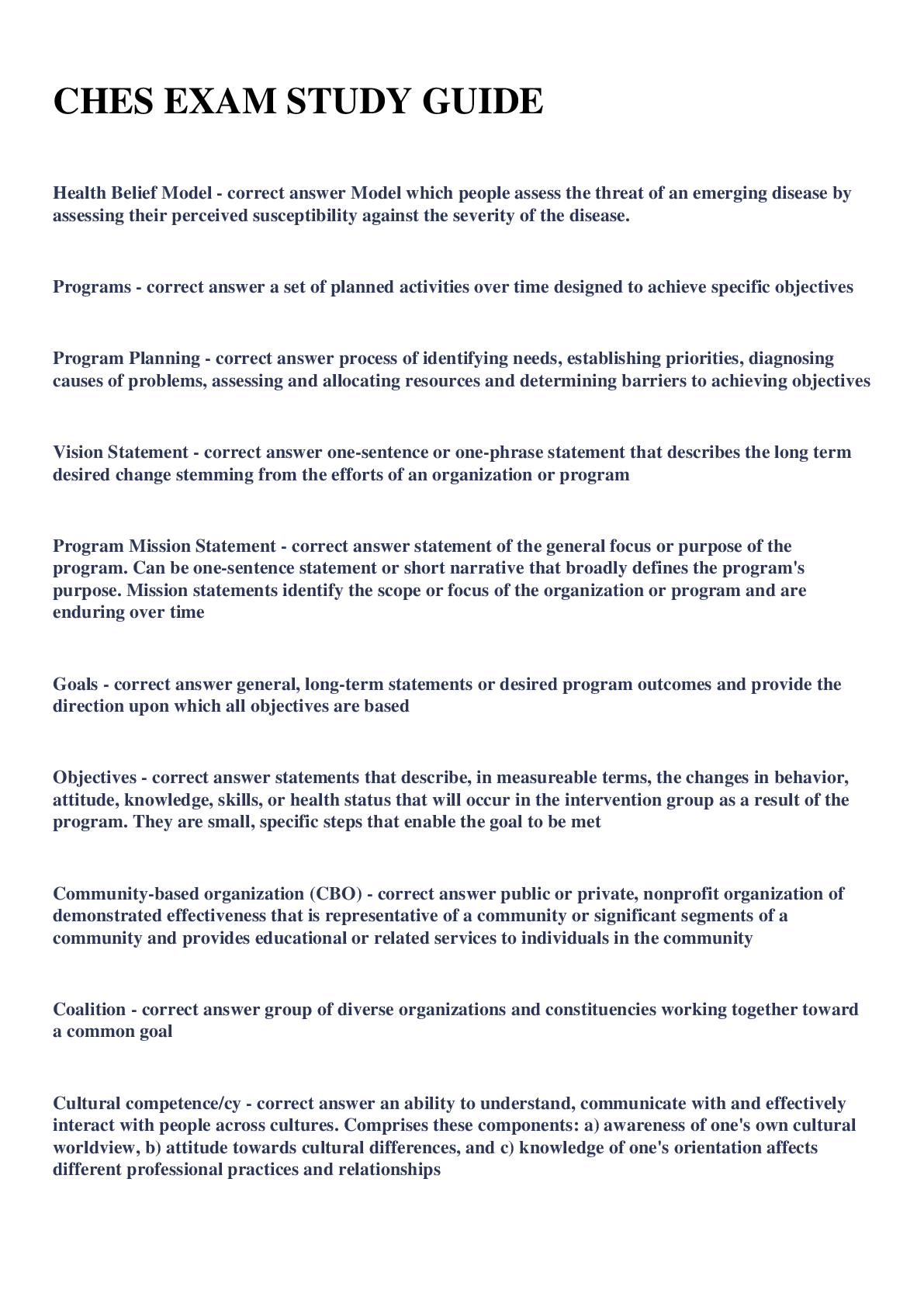*NURSING > A/As Level Mark Scheme > CHES EXAM Area of responsibility I (1) 2023 LATEST UPDATE (All)
CHES EXAM Area of responsibility I (1) 2023 LATEST UPDATE
Document Content and Description Below
Primary role of needs assessment to gather information to determine what health education activities are appropriate in a given setting area of responsibility I assess needs, assets, and capa... city for health education Health problem potential or real threat to physical or emotional well-being Needs assessment systematic, planned collection of information about the health knowledge, perceptions, attitudes, motivations, and practices of individuals or groups and the quality of the socioeconomic environment in which they live. Measures the gaps between what is an what ought to be. Primary data data gathered by the health education specialist directly from or about the individual or population of interest. Collected from means by surveys, interviews, focus groups, direct observations. secondary data data that are already have been collected by others that may or may not be directly gathered from the individual or population being assessed. Existing research, US Ceneus, Vital Records, Disease Registries. stakeholders involved in program operations as program managers, program staff, partners, funding agencies, coalition members or those served or affected by the program/project including patients, clients, advocacy groups and community members. Those who affect change or are affected by it service needs those things health professionals believe a given population must have or be able to do in order to resolve a health problem service demand those things people say they must have or be able to do in order to resolve their health problem six-step process for conducting a needs assessment 1. determine the scope of the work and the purpose of the needs assessment 2. gather data 3. analyze data 4. identify any factors linked to the health problem 5. identify the focus of the program 6. validate the need before continuing the planning process epidemiological model focus on epidemiological data (death rates, prevalence rates, birth rates, etc.) public health model to quantify health problems and often uses epidemiological data. more focused on a specific population and can be mindful of limitations of resources. social model investigates social or political issues that infulence health asset model focuses on the strengths of a community, organization, or population and looks to find ways to use exisitng assets to improve health rapid model a framework that is used when time and money are lacking for needs assessment quantitative data numerically describes what is occuring qualitative data not numerical, describes what is occurring and why surveys used to determine the knowledge, attitudes, beliefs, behaviors, skills, and health status of a priority population. Have a high respond rate. reliability and validity interviews conducted by telephone, face-to-face, electronically, or in groups. key informants interview individuals who have knowledge of and the ability to report on the needs of the corporation, hospital or organization telephone interview relatively easy method of collecting data at a moderate cost. electronic (or web-based) interviews growing as a viable means of collecting data from a large number of individuals quickly and at lower cost observations used to gather data through direct surveillance of the population. accomplished through watching and recording specific behaviors of the population. community forums public meetings. Bring together people in a particular populations to discuss their perceptions of the community health problems focus group techniques capitalized on communication among participants who are selected based on specific criteria. Led by a skilled facilitator. Participants share opinions and explain the reasons for underlying those opinions. nominal group process is highly structured process in which a few representatives from the priority population are asked to respond to questions based on specific needs. Small groups of five to seven people all with equal voices. delphi panel group process that generate consensus by using a series of mailed or e-mailed questionnaires. individuals form three groups: decision makers, staff, and program participants. Had one or two broad questions for the entire group. Based on results, second questionnaire is sent out. with more specific question is developed. Questionnaires are analyzed and sent out three to fives times. [Show More]
Last updated: 9 months ago
Preview 1 out of 5 pages
Instant download
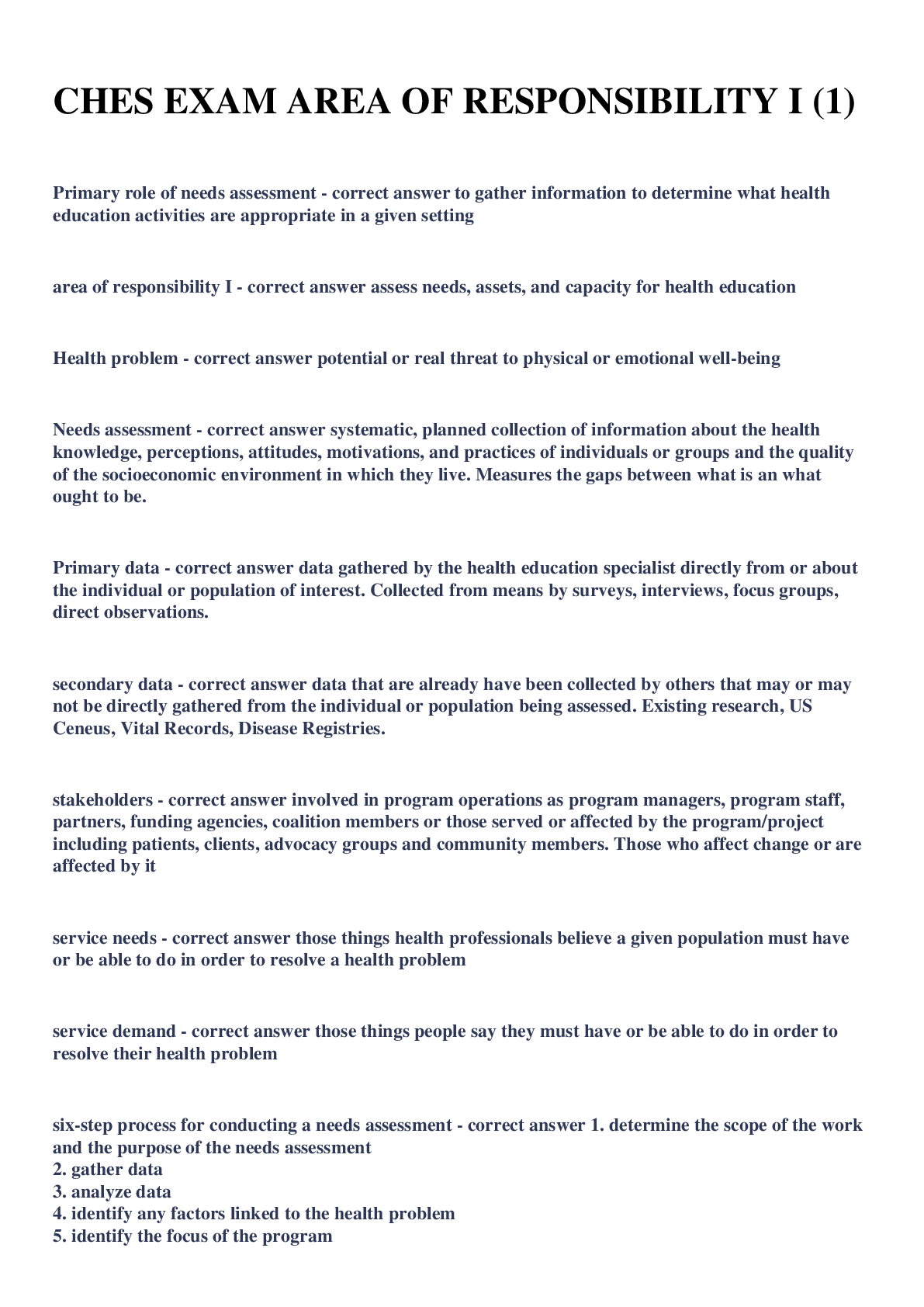
Buy this document to get the full access instantly
Instant Download Access after purchase
Add to cartInstant download
Reviews( 0 )
Document information
Connected school, study & course
About the document
Uploaded On
Aug 18, 2023
Number of pages
5
Written in
Additional information
This document has been written for:
Uploaded
Aug 18, 2023
Downloads
0
Views
83



